Architect Cass Gilbert Designed Innovative and Inspiring Public and Commercial Buildings
From a skyscraper for Woolworth to the Brooklyn Army Terminal, classically trained architect Cass Gilbert gave Brooklyn and the U.S. some of its most important public and commercial buildings.

Left: A portrait of Cass Gilbert circa 1920s. Photo by Harris & Ewing via Library of Congress Right: Brooklyn Army Terminal. Photo by Susan De Vries
Editor’s note: We’re thrilled to publish the second of a monthly column featuring new stories about Brooklyn history and historic architecture from Brownstoner columnist Suzanne Spellen. In the pipeline for the fall is a mini-site where all her works will be collected and easy to find in one place.
There were two very talented architects named “Gilbert” working in Brooklyn and New York City at the turn of the 20th century and beyond. Many people confuse them, but Frank W. Woolworth hired both. Charles Pierrepont Henry (C.P.H.) Gilbert designed gorgeous brownstone, brick, and terra-cotta mansions in Brooklyn and gleaming limestone castles for Manhattan’s high society, including one for Woolworth. Cass Gilbert was a master of the new “skyscrapers,” a Classicist who created some of the nation’s most well-known buildings and a futurist who used the newest building tools and materials with great skill and beauty. He designed his most famous skyscraper for the same Frank Woolworth and this is his story.
Cass Gilbert was born in a small city near Columbus, Ohio, called Zanesville on November 24, 1859. His parents were Samuel and Elizabeth Gilbert. Cass was named for an uncle, Senator Lewis Cass. The family moved to St. Paul, Minn., when his father got a surveying job there, but soon after they arrived, the elder Gilbert died. Although the family income was not what it had been, Elizabeth Gilbert made sure Cass and his two brothers continued their education. Young Cass’s artistic and architectural bent landed him a job as an apprentice draftsman to St. Paul architect Abraham Radcliffe. Two years later, in 1878, he was talented and educated enough by his work experiences to enter the Massachusetts Institute of Technology.
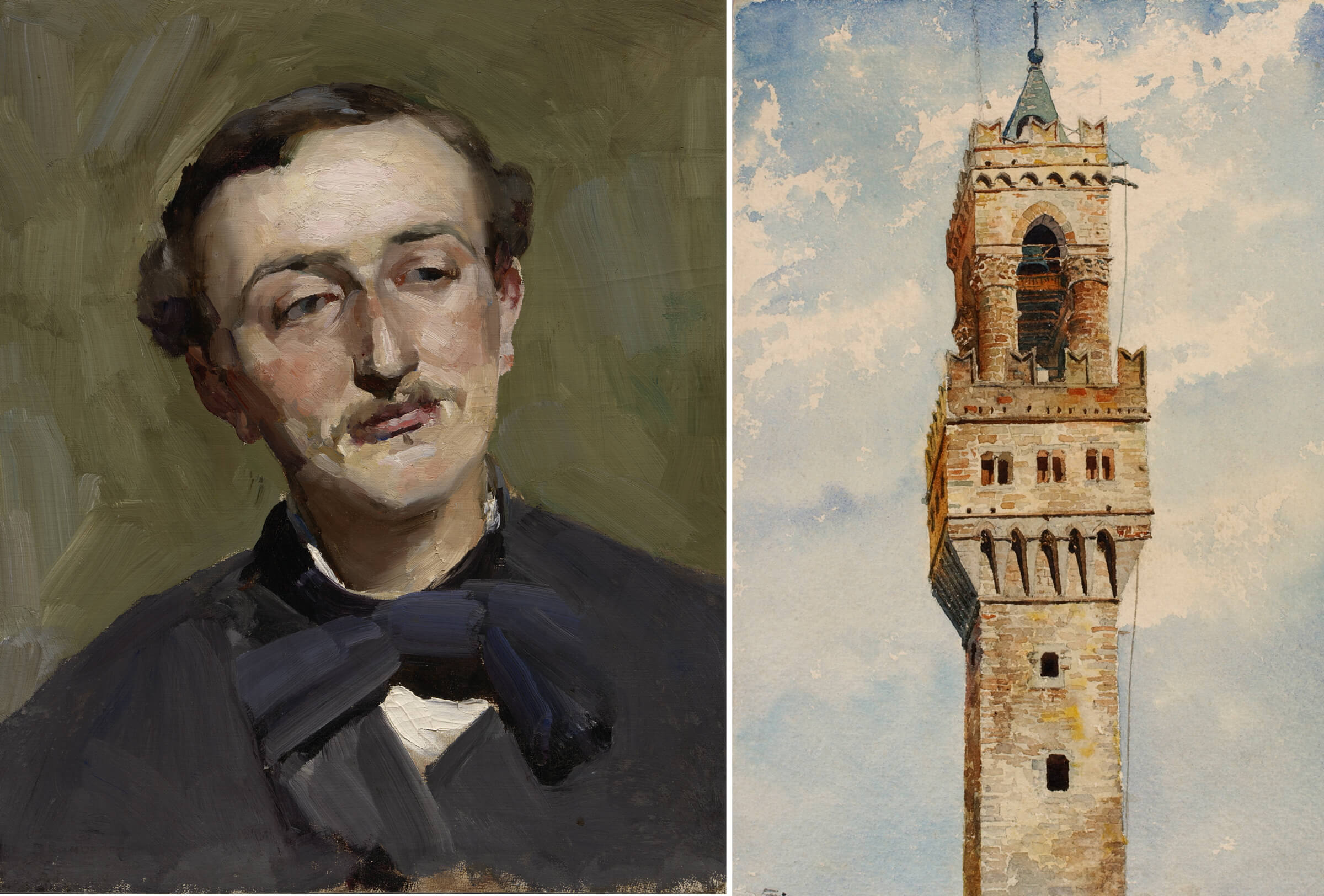
He enrolled in a two-year program to study architecture, but after a year at MIT, decided to take his “Grand Tour” of Europe, a rite of passage for many American architects and artists. He worked as a surveyor throughout the summer of 1879 to pay for his trip. In January 1880, he arrived in Liverpool with $420 in his pocket. He spent the next nine months wandering around the countryside and great cities of England, France, and Italy, sketching and absorbing features that would later be incorporated into many of his designs. He would have stayed in Europe longer but he needed money and was unable to get a job in London, so he came home that September.
Once arriving back in New York City, his talent earned him a position as an assistant to Stanford White of McKim, Mead & White, where he worked for two years. The company was growing in importance with more and more well-heeled clients, quickly becoming one of the great architectural firms of the Gilded Age. As White’s assistant, Cass was in the right place at the right time to learn and further his own career, as many of the company’s draftsmen and assistants went on to prestigious careers themselves.
With the blessing of his employers, and as a Midwest representative of the firm, Gilbert moved back home to St. Paul. His first residential commission was his mother’s house. In 1885 he entered a partnership with childhood friend James Knox Taylor. For the next six years, their office would build churches, homes, office buildings, railroad stations, and other commercial buildings in Minnesota, Wisconsin, the Dakotas, and Montana. He and Knox dissolved their partnership in 1891, with both men going out on their own.
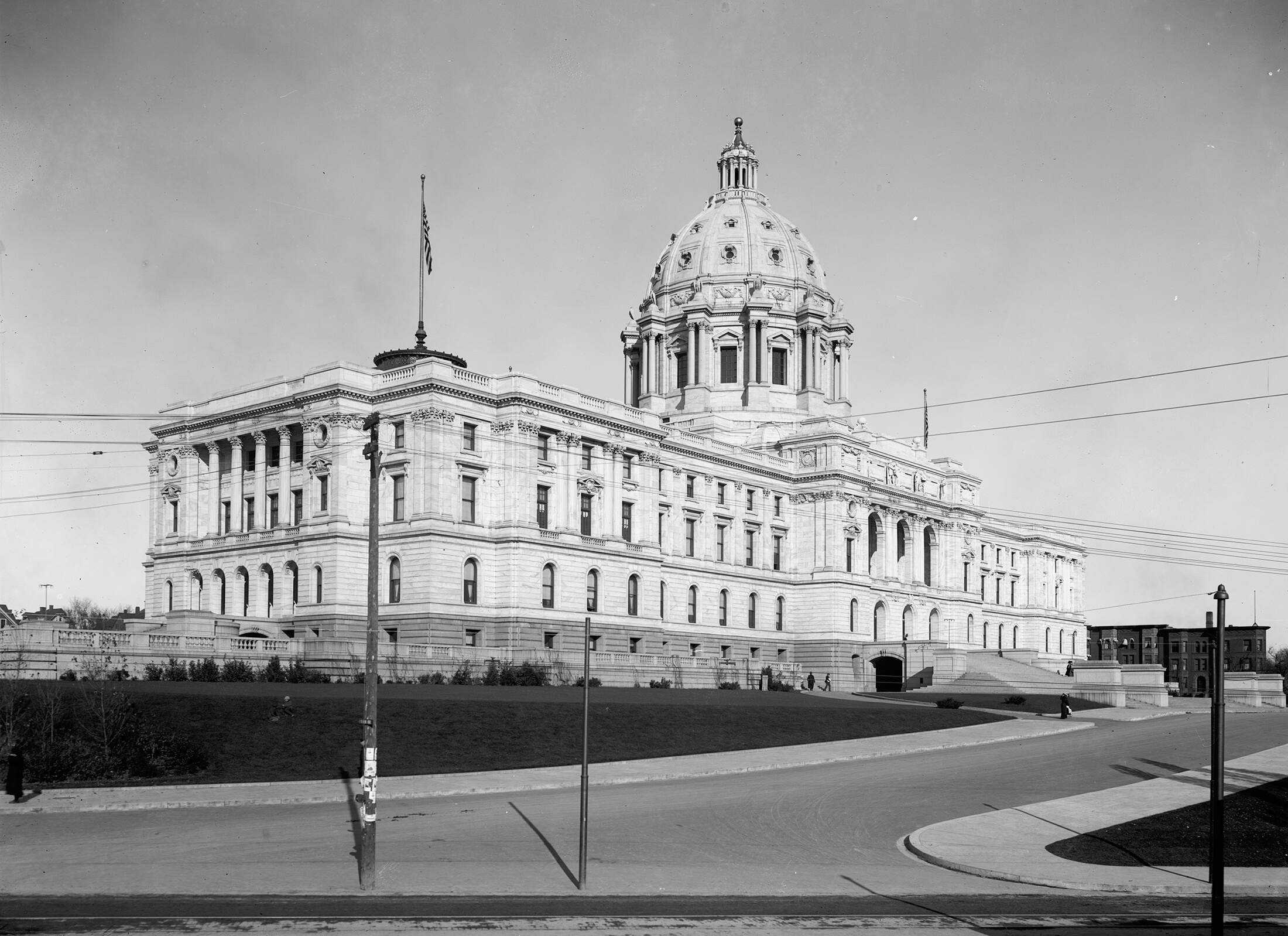
Minnesota wanted to build a new state capitol building in St. Paul, one that represented this Midwestern city’s importance. In 1895, Cass Gilbert was offered the job of designing it, which he eagerly took, knowing that this building would bring him the national attention needed to really boost his name and career. He was right: It won critical acclaim, and in 1899 he opened a New York office after he won the commission to design the U.S. Custom House in lower Manhattan. New York would be the home of many of his greatest buildings.
Notable commissions in Manhattan
The Alexander Hamilton U.S. Custom House is a magnificent Beaux-Arts building. Situated prominently at the tip of Bowling Green, the building is a masterpiece of Classical architecture, sculpture, and fine art, all principles of the City Beautiful movement. The building takes up three blocks and is faced in gray granite. Gilbert designed the building to hold the federal customs offices, while also proclaiming the glory and importance of the United States, primarily through the four sculptures of the continents at the front of the building, crafted by Daniel Chester French. It was completed in 1907.
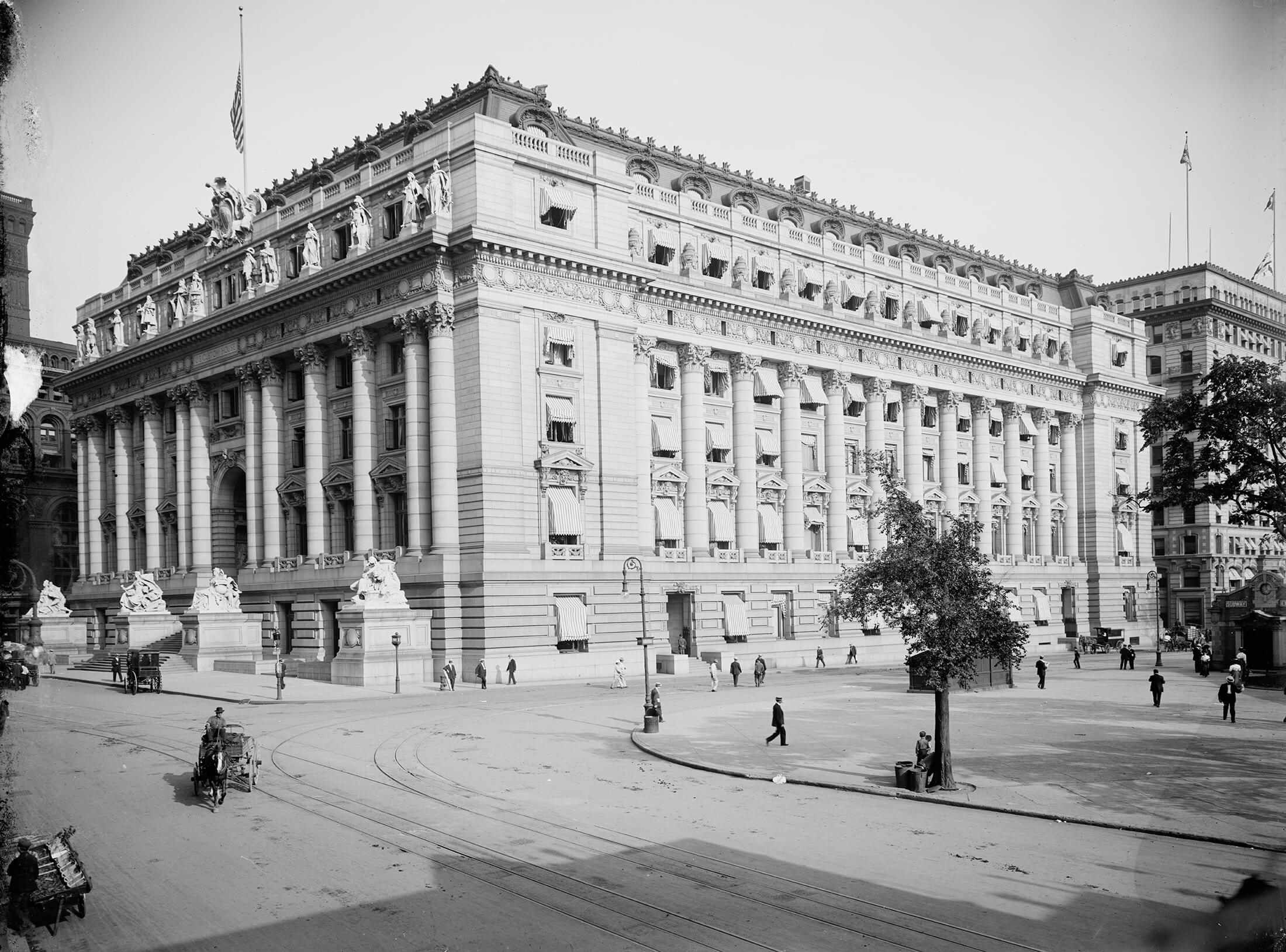
It became one of the city’s earliest individual landmarks, designated soon after the landmarks law was passed in 1965. It’s hard to believe that anyone would want anything to happen to this masterpiece, but after the customs office moved to the new World Trade Center in 1973, the building stood empty. It was placed on the National Register and was deemed a National Historic Landmark in 1976, a designation that included the interior as well as the exterior. However, in 1979, the city wanted to tear it down.
Fortunately, Senator Daniel Patrick Moynihan was aghast at the idea and spearheaded a movement to save and restore it, and in 1987, a complete restoration began. The office space became the city’s bankruptcy court and the National Museum of the American Indian moved to this location soon after. Today, the building is one of the most photographed tourist attractions in Lower Manhattan.
Gilbert found himself very busy in New York City after that. He designed train stations in the Bronx for the Harlem River branch of the New Haven and Hartford Railroad. He was one of the earliest pioneers in the building of skyscrapers. Modern steel-frame construction, reinforced concrete, advances in engineering, and the improvement of elevators all contributed to taller and taller office buildings.
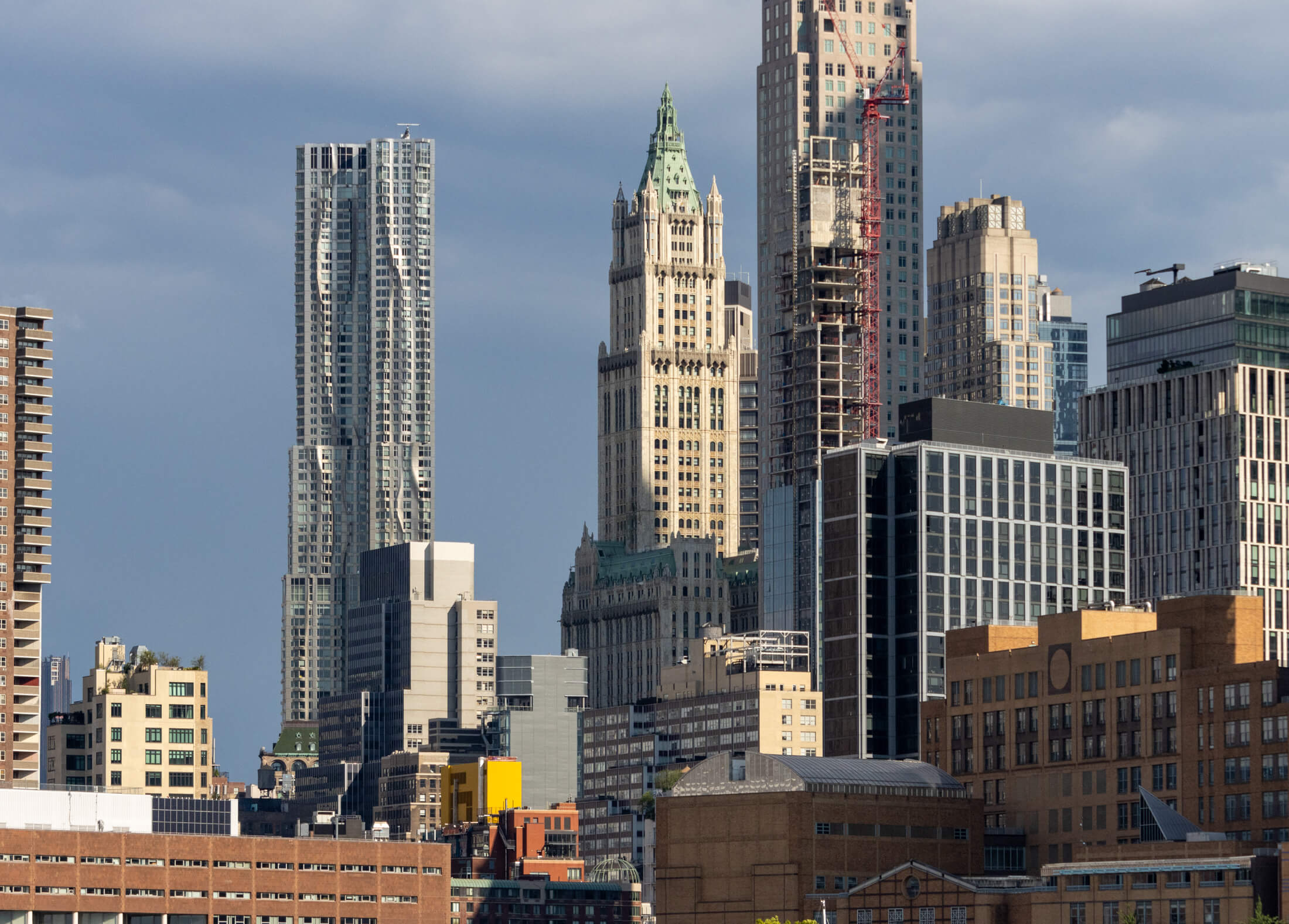
His first New York City building was the Broadway Chambers Building at the corner of two streets near City Hall, built in 1900 while he was still living in St. Paul. It was followed by the West Street Building, a 23-story neo-Gothic granite and terra-cotta-clad ediface completed in 1907. It was severely damaged on 9/11 but has since been restored and converted into housing. Both buildings are individual landmarks.
If Cass Gilbert is an architectural household name today, it is because of his most famous building, the 1913 Woolworth Building. The third and best of his neo-Gothic skyscrapers, the Woolworth building is 60 stories tall, and at the time was the tallest building in the world. It was built for dime-store magnate Frank W. Woolworth, who wanted a beautiful office building that just happened to be taller than any other. Gilbert had his work cut out for him. The foundation of the building, designed along with structural engineer Gunwald Aus, is anchored by 69 concrete-filled metal tubes each 19 feet in diameter, driven 100 to 120 feet into the bedrock.
Gilbert clad the building in architectural terra-cotta, making it much lighter than a stone or concrete facade would have been. It also gave him the opportunity to decorate the structure with all kinds of Gothic details, especially on the crown of the building. The lobby is a masterpiece as well, though unfortunately not open to the public.
The Woolworth Building was designated a National Historic Landmark in 1966 and a city landmark, including the lobby as well as the exterior, in 1983. There is so much more history to this storied building. Gilbert’s other Manhattan buildings are a storage facility in Chelsea called the R.C. Williams Warehouse (1928), the Rodin Studios on West 57th Street (1917), the New York Life Building (1926), and the Federal Courthouse (1929-1936). Speaking of warehouses, that brings us to Brooklyn.
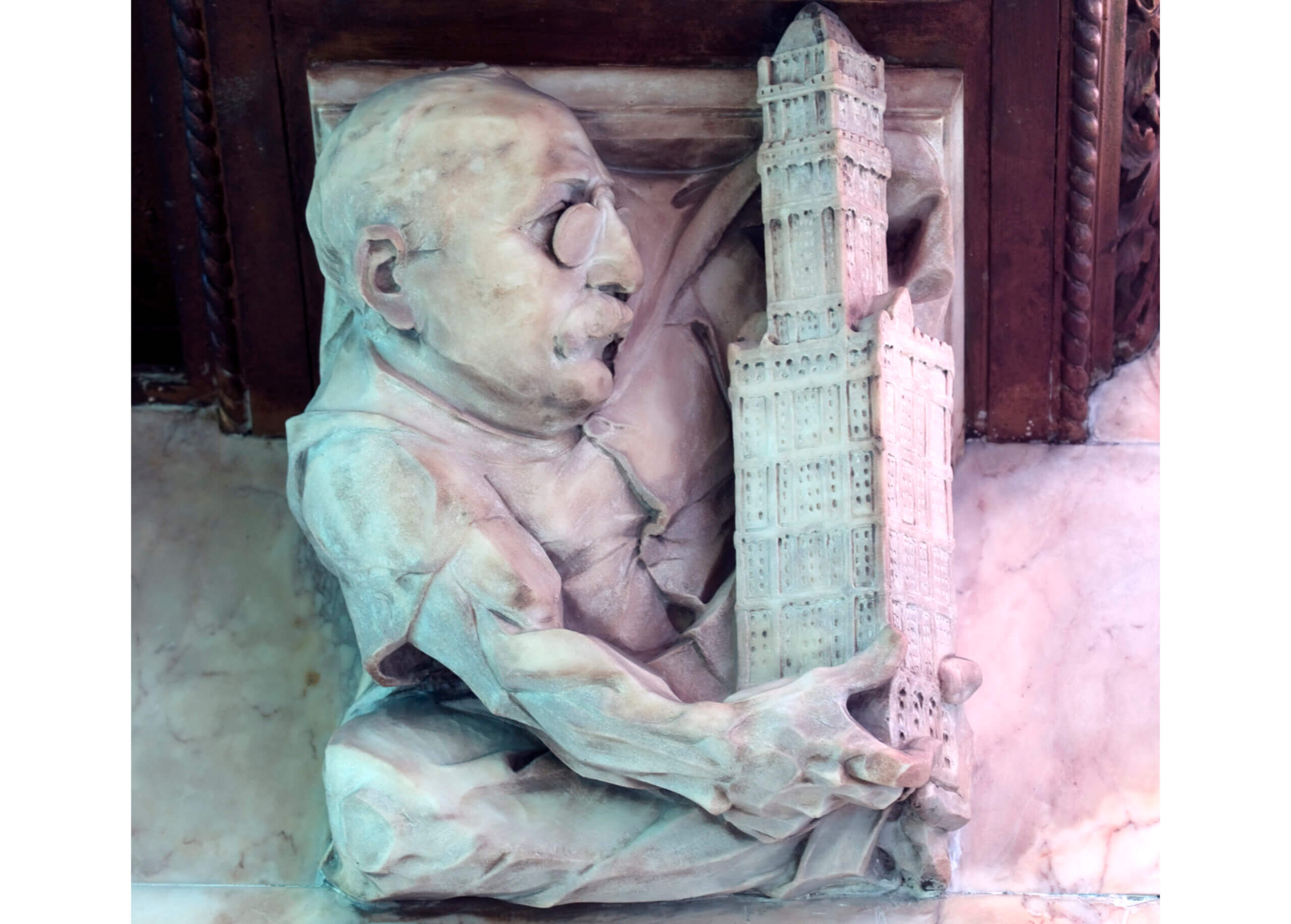
Innovations in concrete in Brooklyn
Cass Gilbert built two enormous warehouse structures in Brooklyn. The first was the Austin Nichols and Company Warehouse on Kent Avenue in Williamsburg. The building is located on the East River waterfront and housed the largest grocery wholesaler in the world at the time – Austin Nichols & Co., which produced and exported foods under the Sunbeam Foods label. The company was at this location from 1915, when the building was completed, until 1955, when a much-reduced operation relocated to Queens. The building was paid for by Henry Havemeyer, whose Domino Sugar factory dominated the waterfront. He owned the land and leased it to Austin Nichols.
Warehouses in general were not the kinds of projects major architects would take on. After all, the man was just finishing up the Woolworth Building. But Gilbert was interested in the possibilities of reinforced concrete, and a relatively simple warehouse design would give him an opportunity to see what it could do. He brought his favorite engineer, Gunwald Aus, with him. This building would be one of the first in the city to use that material. The Turner Company, today one of the world’s largest construction companies, was eager to work with the material as well and became experts in building commercial facilities using reinforced concrete.
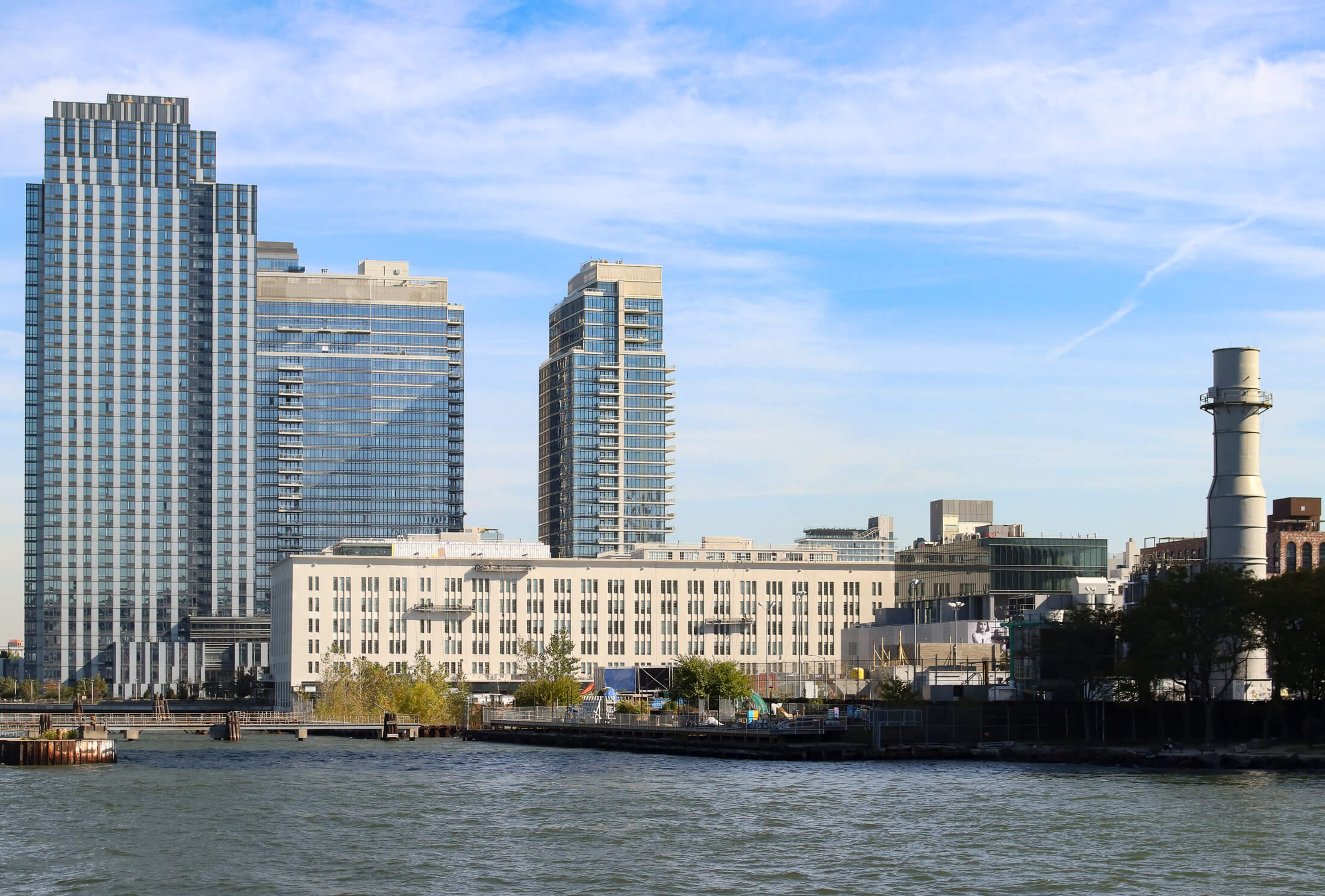
The warehouse is huge. It covers an entire block and is 197 feet by 144 feet and six stories tall. The interior had 425,000 square feet of floor area. Gilbert designed it in a simplified Egyptian Revival style, one of the city’s only buildings in that architectural mode. The building is made almost entirely of reinforced concrete, which Gilbert and Aus used to increase the building’s load-bearing capacity and make it fireproof.
The facade was kept simple, painted in shades of white. Gilbert was more interested in the dimensions and wrote that a building’s claim to beauty was derived from its proportion, not its decoration. Its design and building materials also made it possible to have as many bays and windows as it has. Loading docks opened on three sides of the structure. A pier was also built to handle goods coming in and out from the East River. Four railroad tracks holding 68 freight cars were used to load and unload goods. Materials within the building were delivered throughout the interior by an elaborate system of chutes, conveyor belts, and pneumatic tubes. The warehouse employed more than 1,500 workers in its prime.
The company packaged and sold a wide range of food products, and each floor of the warehouse had a different function for different items. The ground floor held administrative offices along with shipping and receiving. The employees had a restaurant on site, as well as company restrooms and lockers. The building also housed an industrial laundry.
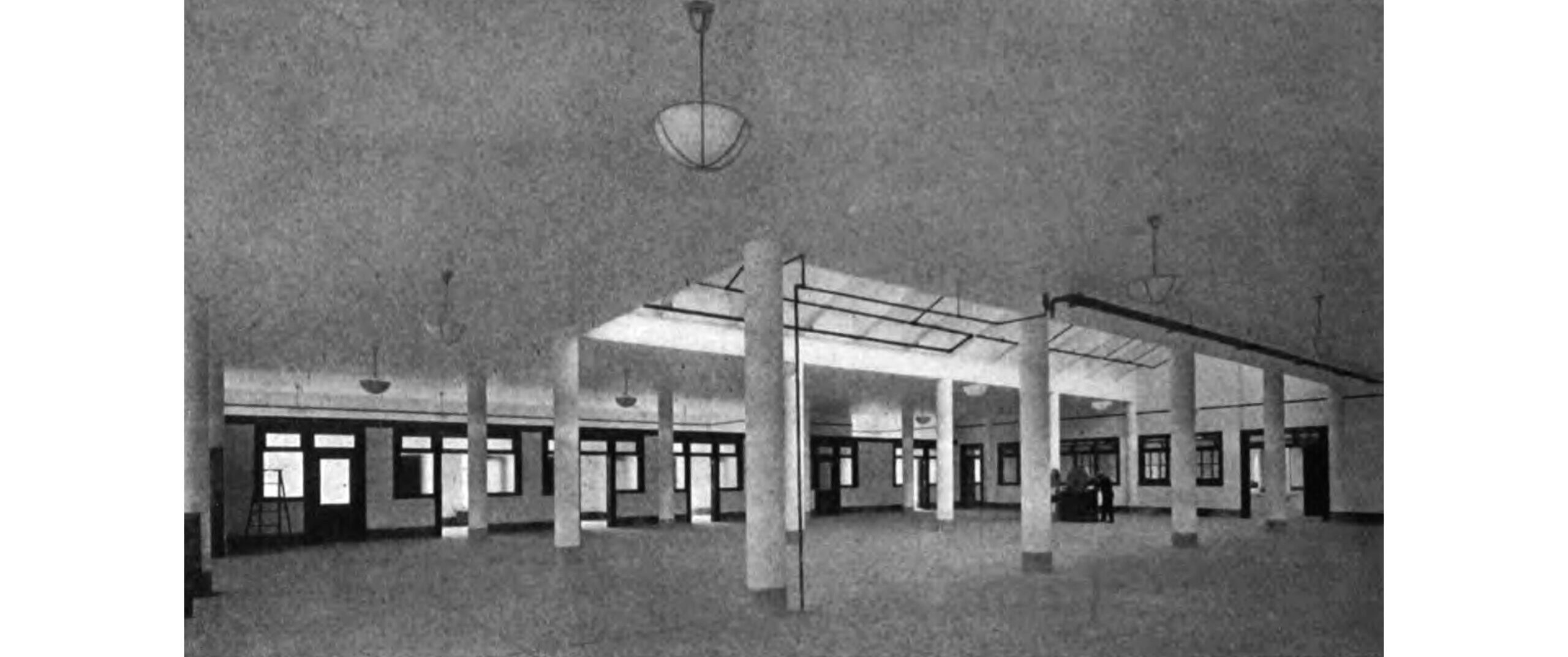
Chain stores and lawsuits crippled sales, so that by the late 1920s, Austin Nichols closed its other operations and moved everything to this building. After Prohibition was repealed, the company opened a distillery on the premises. The grocery business was sold in 1938, and the new company turned Austin Nichols’ focus and product line to liquor sales. Although the company remained on the premises until permanently moving to Queens, the building was also rented out to other businesses. It continued to be used by multiple small factories for the next 30 years.
But by the 1990s, like many industrial buildings in a city that saw industry all but gone, the once-impressive warehouse was run down. In 1999, the city granted the owner a variance to allow for interior renovation and conversion into apartments. The city designated the building as a New York City landmark in 2005. But the owners vehemently opposed the designation. They called the building an “eyesore” and wanted to either demolish it or drastically change the facade to facilitate new rental apartments. One City Council member from Brooklyn said, “This is a piece of trash. We should knock it down and put something nice up.”
Another council member argued that the building was nothing special and was like others on the waterfront. The uproar caused the City Council to vote to revoke the landmarking, their efforts strong enough to override a mayoral veto and force the Landmarks Preservation Commission to take away its designation, one of only four times they have ever done so. The building was placed on the National Register in 2007, a year after the landmarking was revoked, which offered it some limited protection.
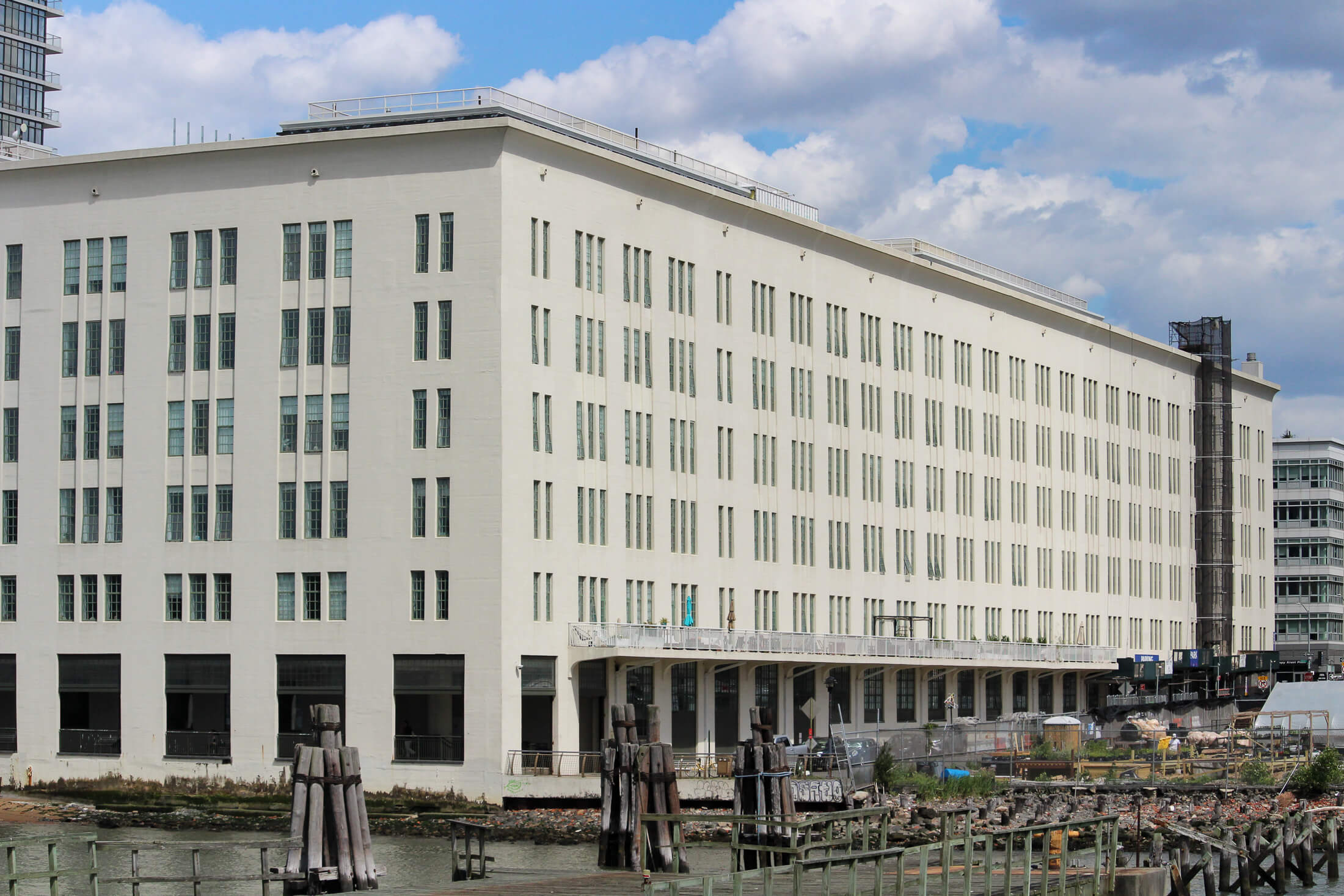
After that, the warehouse went through several other owners, often with controversy — including eviction of the original residential tenants, further renovation, and a reopening in 2010. It sold again in 2015 to new owners interested in condo conversion. The next few years were filled with complaints from existing tenants about rodents, fires, and hazardous conditions. Rent-regulated tenants decreased from 316 to 71 by the time a lawsuit was filed on their behalf. The building was sold again in 2021. Now called 184 Kent Avenue and the Austin Nichols House, it’s a luxury condominium building with 106 apartments of various sizes.
After he designed the Austin Nichols warehouse, Cass Gilbert was entering another phase of his career. He would still design neo-Classical buildings for his clients across the country, but whenever he could, he would experiment more with concrete and steel construction and a new pared-down style of architecture called Modernism. In 1918 he accepted the commission from the U.S. government to design the Brooklyn Army Terminal, officially called the U.S. Army Military Ocean Terminal or Brooklyn Army Base, in Sunset Park.
Modernism on the Brooklyn waterfront
Located along New York Bay between 58 and 63rd streets, the terminal is not one building but a complex of two warehouses, a couple of smaller administrative buildings joined by footbridges, three piers, and a train storage yard. The complex covers almost 97 acres. It was approved by Congress in 1918, one of six terminals built to aid in World War I war efforts, but it wasn’t completed until after the war’s end.
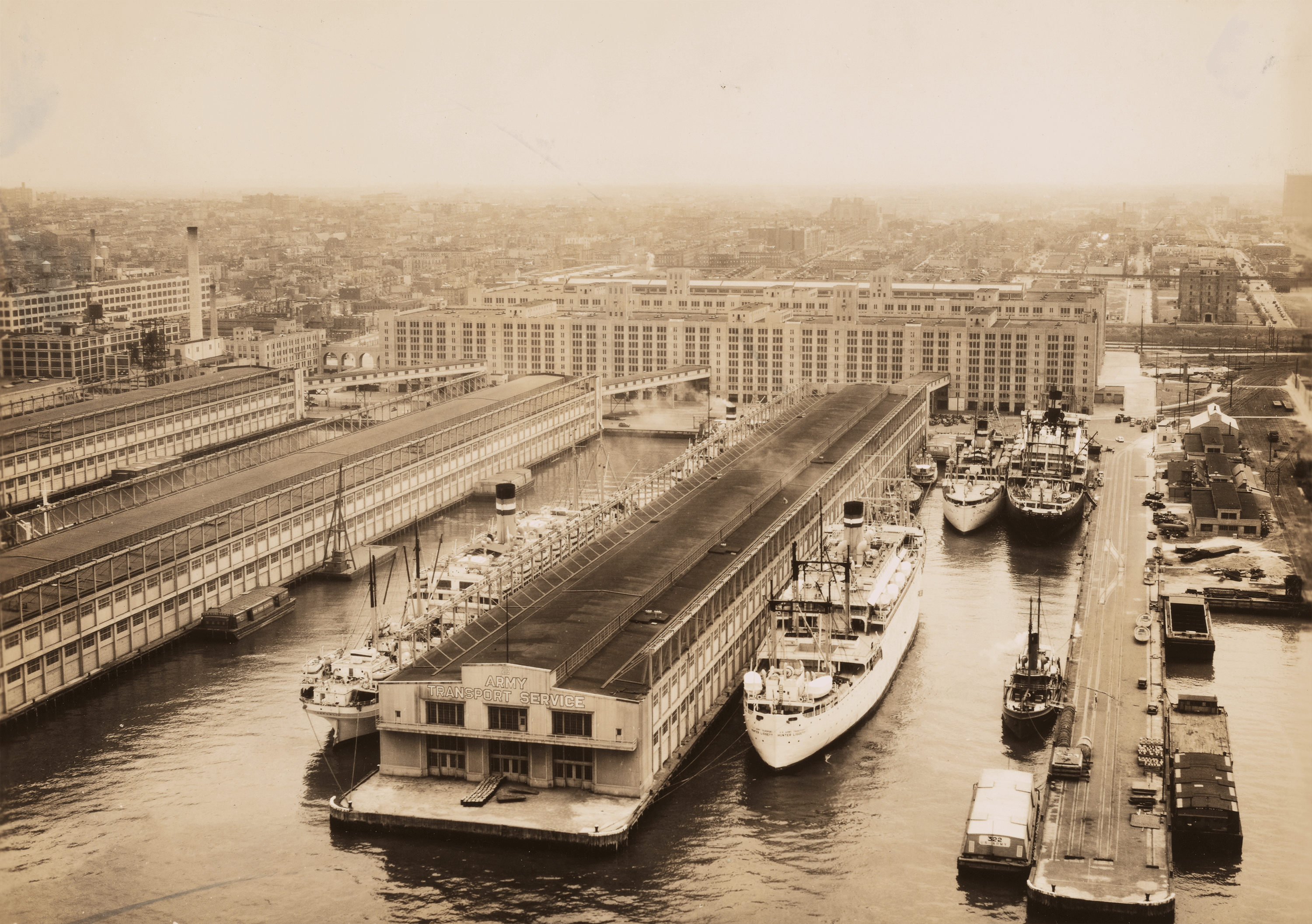
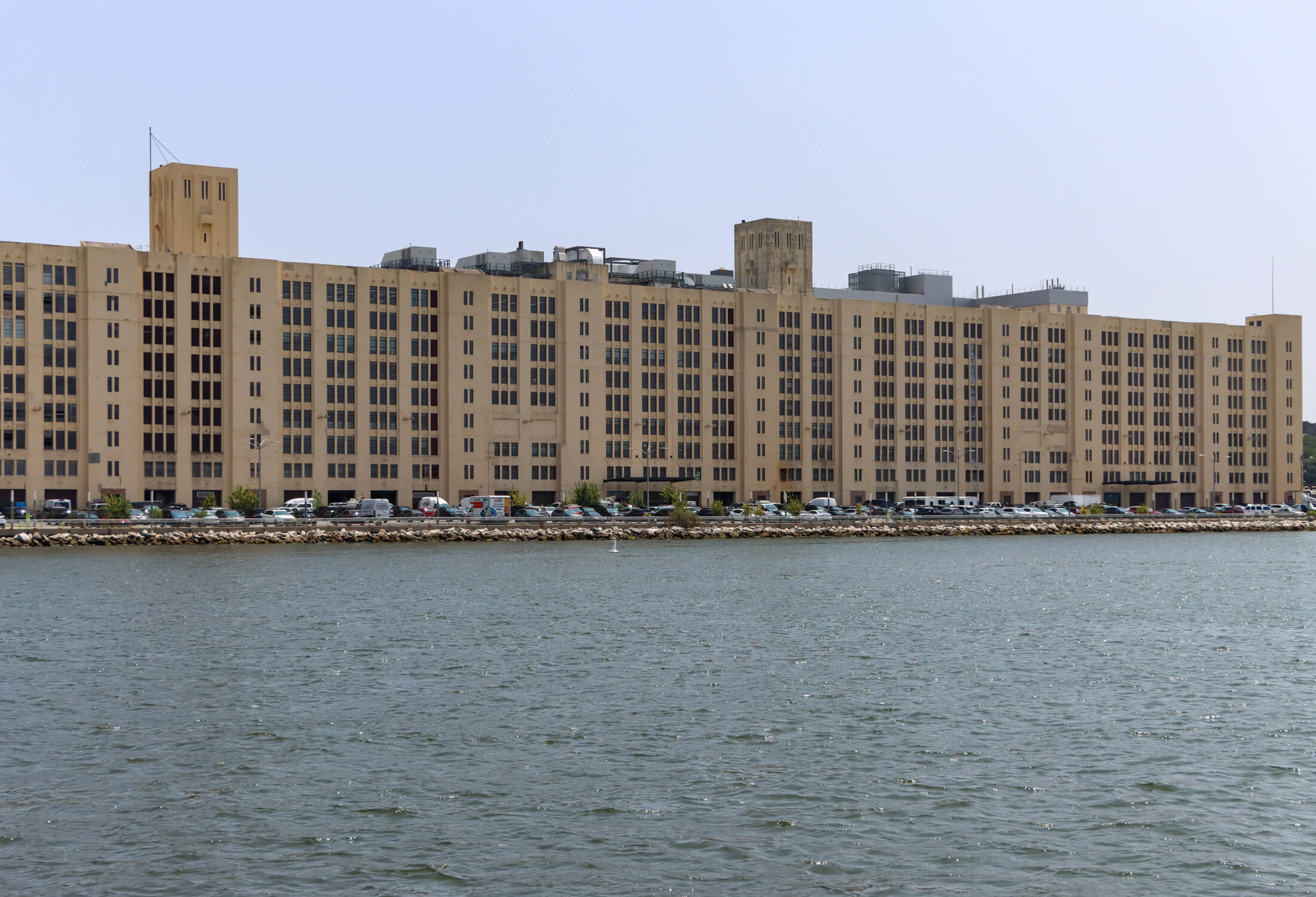
To save steel for the war effort and to cut costs, Gilberts and Aus, with design advice from Irving T. Bush who owned the adjacent Bush Terminal complex, designed a superstructure completely built of reinforced poured-in-place concrete using wooden forms. At the time of construction, the terminal was the world’s largest concrete building complex, built by over 6,000 workers employed primarily by the Turner Construction Company.
Warehouse B, one of the two eight-story warehouses, is the most impressive of the lot. It measures 306 by 980 feet, and when completed was the world’s largest building by floor area. It has a central atrium bisected by two railroad tracks, now no longer in use. One track has two train cars permanently parked on the track. Materials from the trains would be lifted by a movable crane to loading balconies on each floor. Gilbert stacked the balconies on the diagonal, a practical way of allowing multiple bays to be in use along the track, and the warehouse interior’s most striking feature.
Since the base wasn’t finished until after the war, much of it was not in use until World War II. When the United States entered the war in 1941, the terminal became the largest military supply base in the country. It stored and shipped a massive amount of cargo and was the point of departure for 3.5 million soldiers. The base employed 20,000 workers, so many that the local subway N/R line had to add extra trains.
After the war ended, the base was still used as a port of arrival or departure for hundreds of thousands of troops per year. In 1958, Private Elvis Presley famously departed from the terminal to Germany with the other members of the 3rd Armored Division. It continued as a military base until 1964, when the Department of Defense announced it was downsizing military bases across the country, including the Brooklyn Army Terminal and the Brooklyn Navy Yard. Despite protests from city government, union leaders, and local officials, in 1965 it was announced that the base would close to military use in 1967.
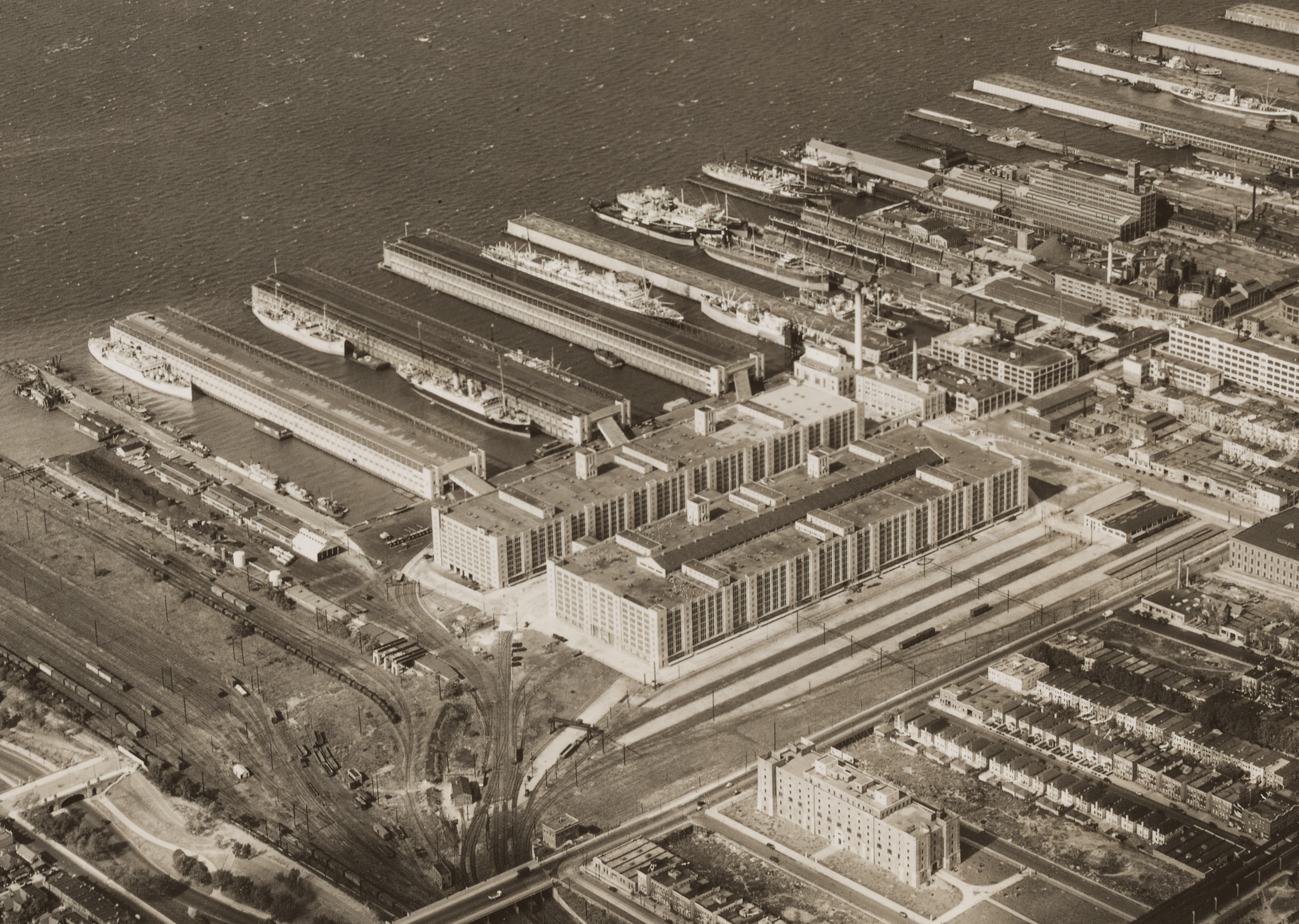
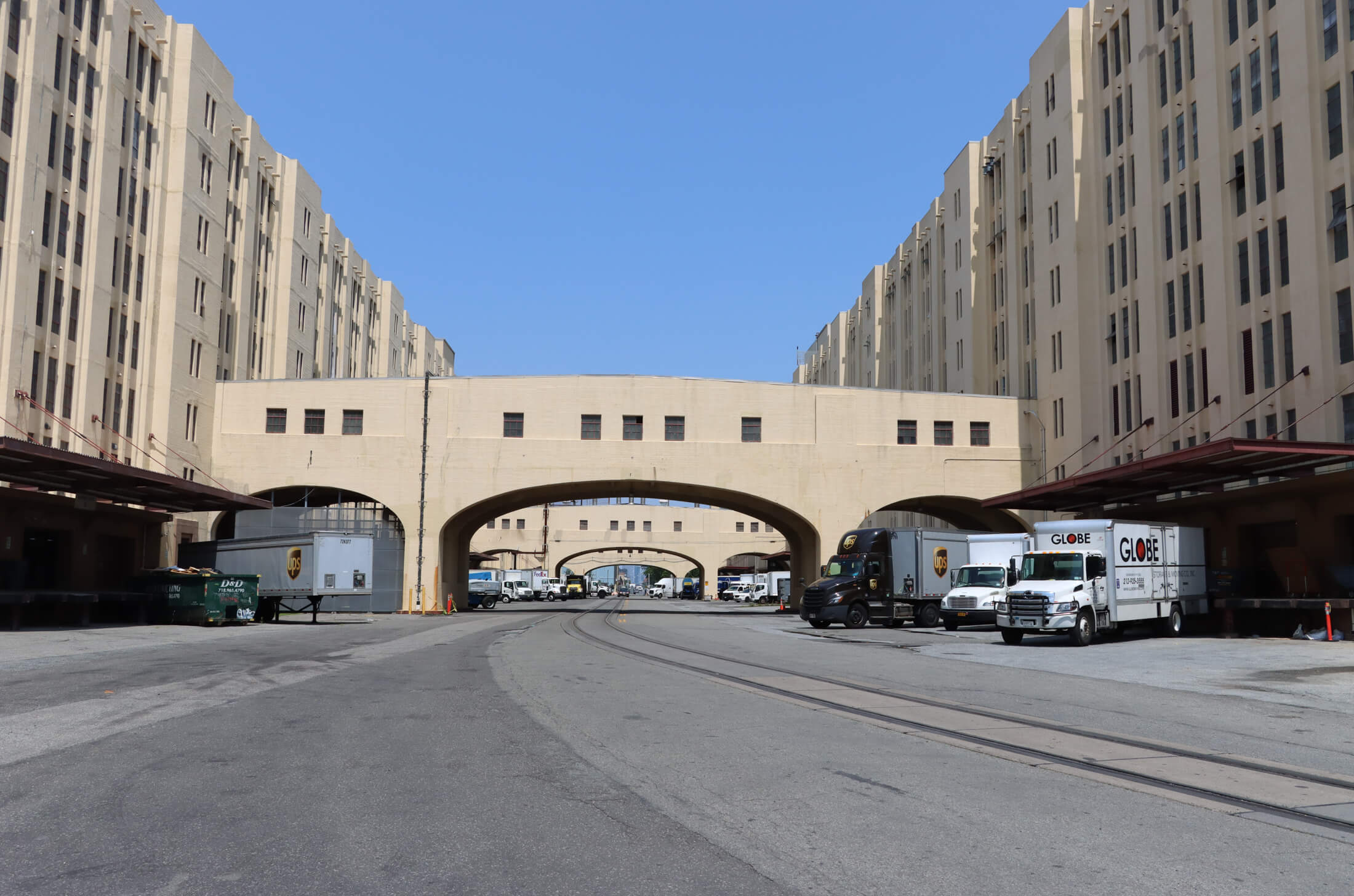
Part of the complex was used as a temporary U.S. Post Office mail sorting facility in 1967. Although the complex was decommissioned, the military still had some shipping operations in the facility, including the Navy’s Military Sealift Command, but by 1975, they were totally gone, and all military shipping was moved to Bayonne, N.J. The next 10 years were filled with failed negotiations between the city and various federal agencies and realtor Harry Helmsley, who wanted to buy it. He eventually withdrew. In 1983, the Brooklyn Army Terminal site, which included 11 contributing buildings, was placed on the National Register of Historic Places.
Over the course of the rest of the century and beyond, various city, state, and federal plans were put into place for a multitude of companies including small light industry to occupy the vast complex. Some were successful, others died on the planning table. Today, the Army Terminal is a renovated state of the art industrial hub, home to a division of the Museum of Natural History; food service companies; tech, science, and healthcare companies; light manufacturing; and more.
Cass Gilbert went on to design the R.C. Williams Warehouse in Chelsea in 1928, drawing upon designs and methods used in the Army Terminal, which it resembles. He was the architect of 130 West 30th Street, an Assyrian-inspired showroom and office space for the fur industry. Today it’s a luxury condo building called The Cass Gilbert.
Gilbert designed many other buildings in his long career. He was also the architect of many of the buildings at Oberlin College, and for a time was president of the American Institute of Architecture. His last New York City building was the Federal Courthouse, now named for Thurgood Marshall, in the Civic District near City Hall. It was completed in 1933. It’s a very classic building, much like another masterpiece, the U.S. Supreme Court in Washington, D.C.
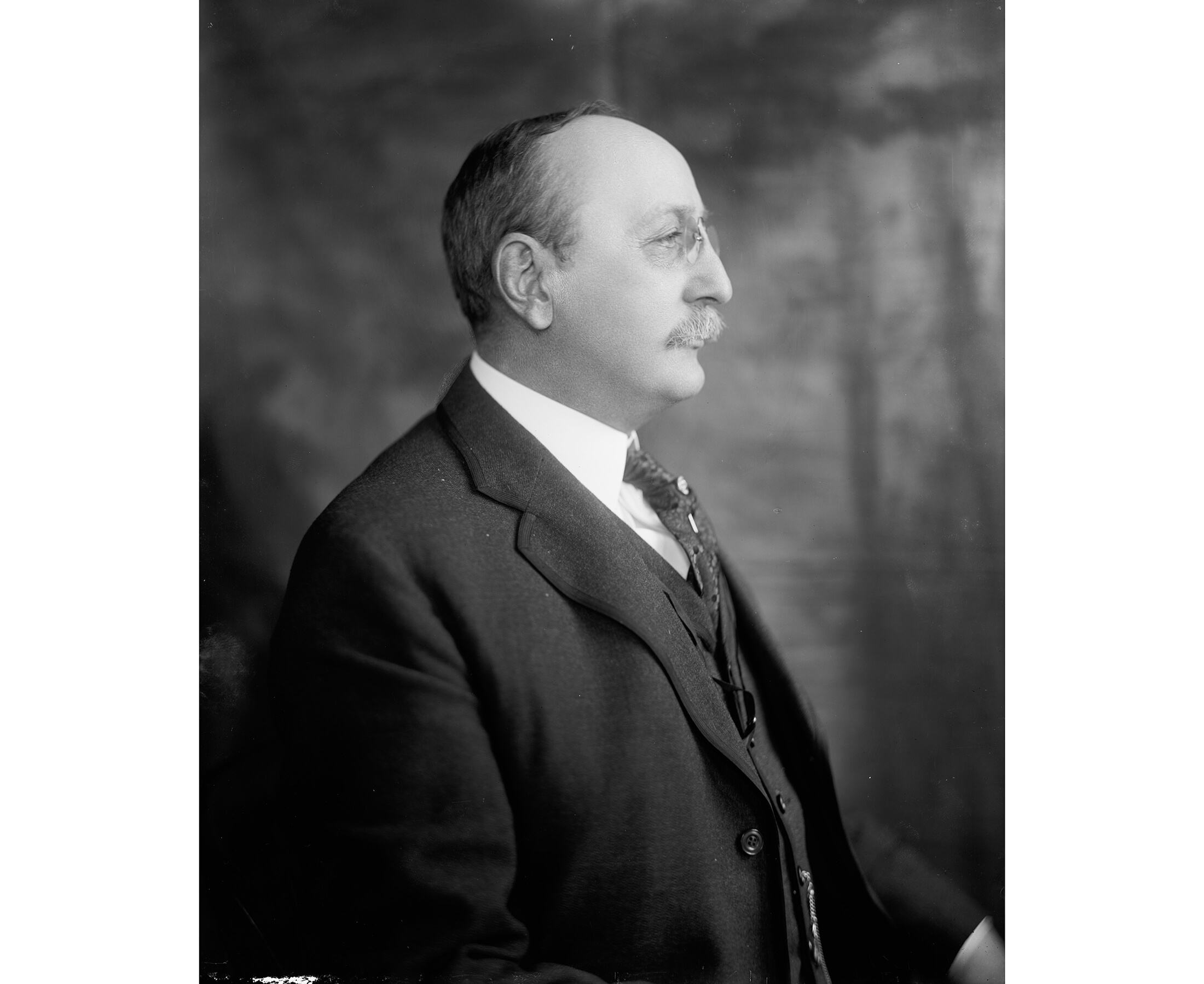
President William Howard Taft was a friend of Gilbert dating back to his days at McKim, Mead & White. Taft became chief justice in 1921 and chose his friend to design the new court building. Gilbert’s last great building was a neo-Classical Roman temple designed with his friend’s love of law in mind. Neither man lived to see the Supreme Court building finished. Cass Gilbert died on May 17, 1934 at the age of 74. A year later, his son, Cass Gilbert Jr., oversaw the completion of the building.
Which were Gilbert’s favorite New York City buildings? He never directly said, but he wasn’t as fond of his Woolworth Building as some might think. “A skyscraper,” Gilbert is quoted as saying, “is a machine that makes the land pay.” However, notes he made on a drawing in 1928 state that he thought the Austin Nichols & Co. Warehouse and the Brooklyn Army Terminal were among his best works. Who are we to argue?
Related Stories
- The Many Lives of Downtown Brooklyn’s Offerman Building
- Journey by Faith: The Story of Brooklyn’s Black Churches
- A Library for All: The Story of Brooklyn’s Central Library, Decades in the Making
Email tips@brownstoner.com with further comments, questions or tips. Follow Brownstoner on Twitter and Instagram, and like us on Facebook.









What's Your Take? Leave a Comment